The look of the sleek golden-rust coat makes Vizsla easily recognizable.
Originating in Hungary, these dogs were bred to work in field, forest and make excellent swimmers.
The long, silky ears frame a facial expression that is sensitive and loving around the house and intense when at work.
This breed is moderately popular, ranking 43rd among the 155 breeds and varieties recognized by the American Kennel Club.
They are also called the Hungarian Pointer.
Table of Contents
Quick Facts

Avg. Height: 22-24 inches (male), 21-23 inches (female)
Avg. Weight: 55-60 pounds (male), 44-55 pounds (female)
Life Expectancy: 12-14 years
Dog Group: Sporting Group
Colors: Golden, Rust, Russet Gold, and Dark Sandy Gold
At A Glance
- Size (3/5)
Male’s size is 22 to 24 inches at the shoulder; females are smaller at 21 to 23 inches tall.
Their bodies are muscular and well proportioned.

This breed reaches their full size around 6 to 8 months.
- Affection Level (5/5)
Vizslas are genuinely loyal, soft, and gentle, loving, and affectionate dogs towards their handlers.
They enjoy quality time with their owners despite the activity and considered as a great therapy dog for those in need because they bond closely.
- Apartment Friendly (1/5)
Vizsla is a breed not recommended for an apartment lifestyle.
They usually like to be outside in the garden, or you must walk them for a few hours every day.
- Cold Weather Tolerability (1/5)
Highly recommended that a Vizsla not be left outside for extended periods in the winter and should be brought inside at night.
You’ll also want to buy your Vizsla a coat (or two) to deal with harsh weather conditions if you live in cold or rainy climates.
- Hot Weather Tolerability (4/5)
Prefers average to warm weather conditions.
- Barking Tendencies (5/5)
This breed barks occasionally.
Foremost reasons for barking: protection, alarm, fear, boredom, attention-seeking, greeting, separation anxiety, compulsive barking.
- Cat-Friendly (3/5)
Vizslas are average friendly towards cats.
- Dog-Friendly (3/5)
They are average friendly towards other dogs.
Dog’s ability to have good canine social skills
- Exercise Needs (5/5)
Exercise, exercise, and exercise, plus work in the form of canine sports or therapy work is the key to a happy and healthy relationship with a Vizsla.
These dogs were bred to be active hunting dogs, and they need both physical and mental exercise.
They are eager and graceful trotters of great stamina, making them ideal jogging or biking companions with the caveat that young dogs should not run long distances until they reach maturity at about 18 to 24 months.
Older Vizslas typically remain active and playful.
- Grooming Needs (5/5)
Vizsla is one of the best choices if you don’t have the time, skill, or money to take care of a high maintenance dog.
Highly recommended for beginners.
Luckily he doesn’t have a strong doggy odor and requires only weekly brushing with a rubber curry brush and a wipe down with a damp cloth.
- Playfulness (5/5)
The Vizsla dog breed is highly playful with enough energy to exercise all day.
Their want to play can be a bit demanding, and excited barking and sometimes nipping can be a sign to alert you to play.
- Trainability (5/5)
Easy to train and can find out the association between commands and actions quite quickly.
With good socialization and consistent training, there are countless ways to have fun with these versatile dogs, including field trials, hunting tests, conformation, obedience, rally, agility, dock diving, barn hunts, lure coursing, scent work, and tracking.
Mental exercise is as important as physical activity, so training should be part of their routine.
- Intelligence Mouthiness (4/5)
This breed has a higher than average tendency to nip, chew, play-bite, or herd people.
It’s a common habit during puppyhood, not aggressive behavior.
These “bites” don’t hurt, but Vizslas need to learn for a good attitude.
- Price Group (4/5)
$800-$1200
If you choose to purchase the Vizsla, you should know that the mentioned amount of money is an average of the collected data from breeders’ sites and puppy finder places.
About Vizslas

Vizsla is considered as the “Velcro Vizsla.”
Most dogs are affectionate, but this hunting dog is especially attached to his people.
This is an excellent dog breed.
You can teach many tricks and commands because they are very smart.
Today the Vizsla is a beloved companion who can be found performing a multitude of jobs.
Some were even working at Ground Zero after the terrorist attacks of September 11, 2001.
Where Vizsla Came From?
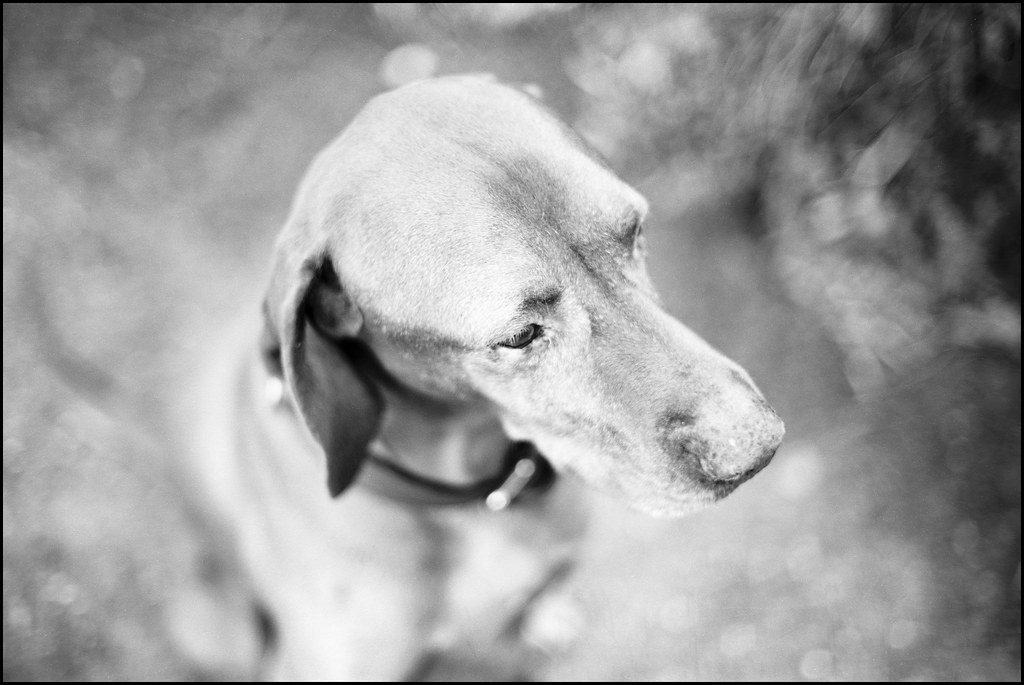
The Magyar people bolted from the Russian steppes sometime in the mid-800s and for 50 years ravaged Western Europe.
They probably descend from hunting dogs used by the Magyars, who settled in Hungary for more than a thousand years ago.
The first Vizsla to come to America, in 1950, was smuggled out of Communist Hungary with the help of a U.S. State Department employee.
In 1954, the Vizsla Club of America was formed, and the American Kennel Club recognized the breed in 1960.
Size

They are a lightly built, medium-sized dog, with males standing 22 to 24 inches at the shoulder, females 21 to 23 inches.
The weight range for the breed is 45 to 65 pounds, with females being smaller.
Trainability
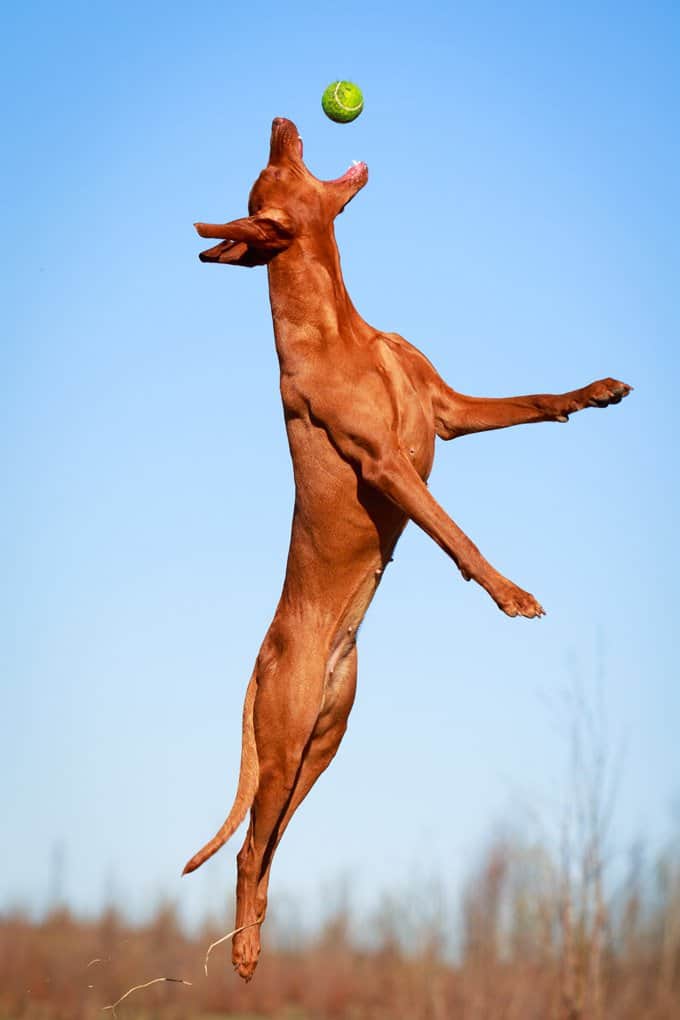
Vizslas need consistent, positive training, starting in puppyhood.
They are highly intelligent, curious, and sometimes manipulative, so owners need to establish solid communication and teach good behavior.
Fortunately, they typically love training and thrive on the attention they receive.
Grooming
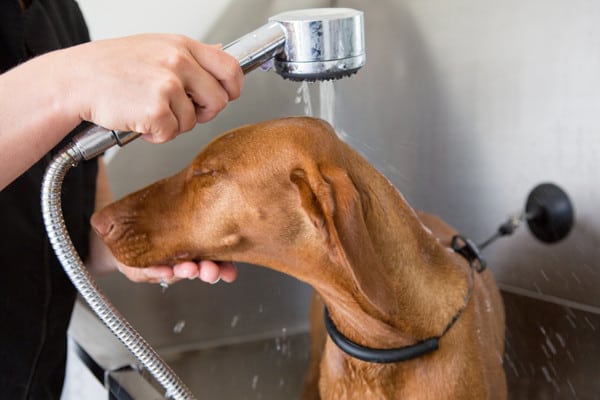
This breed requires minimal grooming.
Seasonal flea treatment works, but cutting the dog’s hair by a professional groomer isn’t necessary.
Ears should be checked frequently for dirt, wax build-up, or signs of irritation.
Trim nails once or twice a month.
If they’re too long, you can hear it’s clicking on the floor.
Common Diseases

Vizslas are generally healthy, but like all breeds, they’re prone to certain health conditions, for example, hip dysplasia.
- Minor concerns: CHD, lymphosarcoma
- Occasionally seen: PRA, dwarfism, tricuspid valve dysplasia, persistent right aortic arch, hypothyroidism, vWD
- Suggested tests: hip, thyroid, eye, (cardiac), thyroid, (vWD)
TARGETING THE BONES:
They suffer from several musculoskeletal issues such as hypertrophic osteodystrophy, osteochondritis dissecans, and canine panosteitis.
TARGETING THE NASAL CAVITY:
Rhinitis upper respiratory tract malfunctions or other damage to the nasal mucous membranes.
Imperforate lacrimal puncta are the absence of the nasal tear duct openings at birth.
In young dogs, this is an infrequent cause of watering eyes.
TARGETING THE SKIN:
In Sebaceous adenitis, you may notice that your dog has dry, scaly skin with patches of hair loss along the top of his head, back of the neck, and back.
“Atopy” commonly affects the belly, feet, folds of the skin, and ears the most.
This breed is at risk for several parasites invading their body or coat.
Fleas, ticks, and ear mites can infest their skin and ears.
TARGETING THE EYES:
Glaucoma: an eye condition that affects Vizslas, is an extremely painful disease that rapidly leads to blindness if left untreated.
Symptoms include squinting, watery eyes, bluing of the cornea (the clear front part of the eye), and redness in the whites of the eyes.
Cataracts are common in older Vizslas.
It causes the lenses of his eyes to become more opaque—meaning they look cloudy instead of clear.
Distichiasis is a condition caused by extra hairs that grow inside of the eyelid and rub on the surface of the eye.
Entropion: eyelid rolls inward, causing the eyelashes to rub against the cornea (surface of the eyeball).
Demodex is a microscopic mite that lives in the hair follicles of dogs.
All dogs have them.
Normally a dog’s immune system keeps the mites in check, but some breeds, like your Vizsla, develop an overabundance of these mites.
TARGETING THE NERVOUS SYSTEM:
Canine distemper encephalomyelitis, one of the most common central nervous system disorders in dogs.
It is a viral infection that can cause inflammation and degeneration of the cells in the brain and spinal cord.
TARGETING THE BODY:
Another common health problem in Vizslas is obesity.
The condition should be taken seriously as it can cause metabolic disorders, heart disease, and back pain.
Lymphosarcoma is the third most common cancer seen in dogs and affects various parts of the body, such as the spleen, gastrointestinal tract, lymph nodes, liver, and bone marrow.
Dental disease is very common among different dog breeds, and unfortunately, Vizslas are more likely than other breeds to develop the condition.
Gum disease occurs when tartar builds up on the teeth and begins to infect the gums and roots of the teeth.
Epilepsy is not uncommon for Vizslas to inherit epilepsy, which causes seizures.
Seizures can be a result of a brain tumor, stroke, trauma, or the brain’s reaction to a metabolic problem.
This breed suffers from relatively few rare blood diseases which are Hypofibrinogenemia and canine Von Willebrand’s disease.
A dog may seem normal and healthy until they have a serious injury or surgery and experience severe bleeding.
Hypoallergenic Vizslas don’t do well with allergy sufferers by causing an allergic reaction.
Feeding

2 to 3 cups of high-quality dry food a day, divided into two meals and should do well on a portion of high-quality dog food.
Keep your dog in good shape by measuring his food and feeding him at regular intervals rather than leaving food out all the time.
Most Vizslas are good eaters, and there is considerable variation in individual dogs’ caloric needs; a young, active dog may require four or five cups each day of high-calorie food, while older or less active dogs may need less than half that quantity.
Suggested: Senior Dog Food
Vaccination And Care

Vizslas shed moderately.
It’s a natural process of the hair growth cycle.
Regular brushing reduces the amount of hair that sheds.
It mostly depends on their health status and breed type.
They are subject to bacterial and viral infections, including parvo, rabies, and distemper, which all dogs can get.
The good news is the prevention of most viral infections is possible with vaccinations.
Read our Guide To Dog Vaccination to have an in-depth idea of vaccines.
Although this breed can survive outdoors in temperate weather, they should be kept inside when it is frigid outside.
Monthly Expense Estimation
Buying a Vizsla pup would cost $800 onwards.
Grooming costs, according to per grooming session, is not high.
Average money used for food will be 60$.
Medical expenses will depend on the number of times you have to take them to the vet and the severity of the problem.
Behavior With
Children
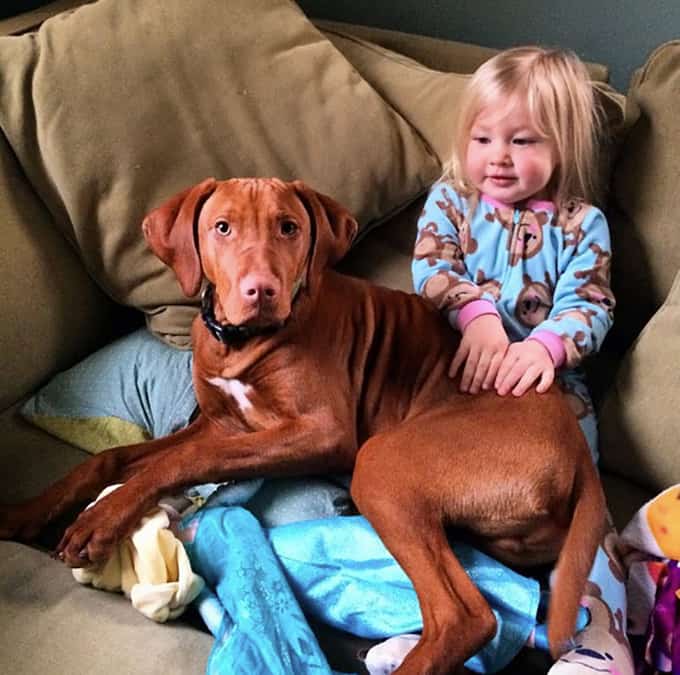
This breed is a loving dog who’s friendly and tolerant with children, but his exuberance can be overwhelming for kids younger than six years old.
Vizslas are kid-friendly dogs.
If you have children, this breed is a good choice.
As with any dog, teach children how to approach and touch dogs, and supervise any interactions between dogs and kids to prevent any biting or ear or tail pulling on the part of either party.
Dogs
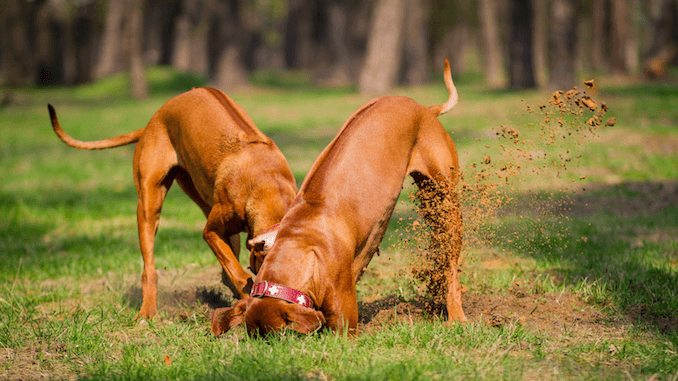
For the most part, these dogs are gentle, happy, lively, affectionate, friendly, intelligent dogs that make great family pets and can get along with other dogs easily.
Cats

This breed can be friends with cats, especially if raised with them.
Small pets such as rabbits, hamsters, or gerbils are not safe around them.
Overview
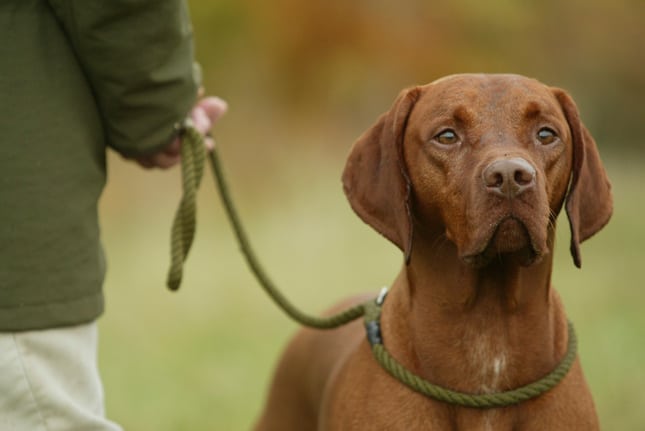
This particular breed makes good watchdogs and generally do not bark excessively.
Well-socialized dogs are friendly to strangers unless threatened.
As a hunter expected to work closely with humans, they form a tight bond with their owners and hate to be left alone.
Energetic and agile, this is a versatile dog of power, drive, and endurance in the field yet a tractable and affectionate companion in the home.
The impulse to Wander or Roam: Vizslas have high wanderlust potential, which means that this breed has a strong desire for exploring the world.
Separation Anxiety
In case Vizslas do exhibit barking or howling cold or rainy climates it will often be because of separation anxiety, which is common in this breed.
Because they are velcro dogs, they have an intense need to be around people at all times. When they aren’t, they can become anxious and depressed.
Something Fun About Vizslas
Let me tell you a fun fact about
- During World War I, this versatile hunting dog was a helping hand to deliver messages.
- In the 19th and early 20th century, the Vizsla was a distinct breed with excellent scenting powers who worked closely with his handler.
Spill your thoughts in the comment section.
Stay with us to know more about dogs and different breeds!
Happy Petting To You Guys!












